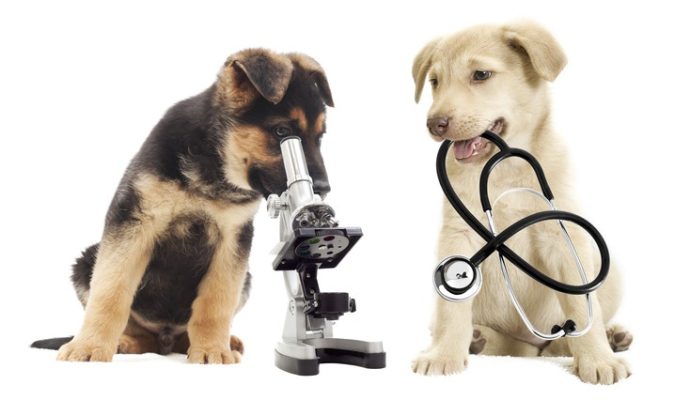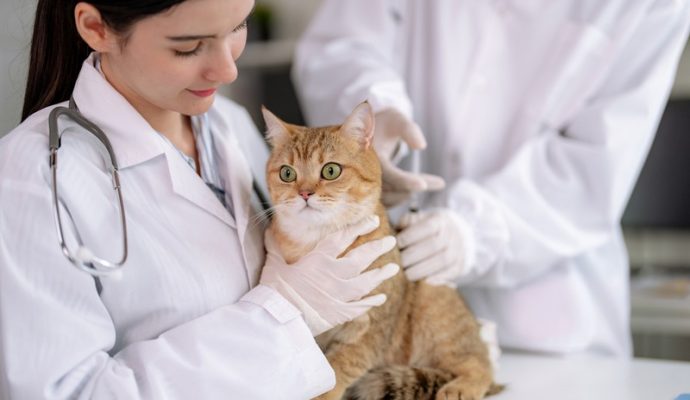When it comes to the health and well-being of our beloved pets, the need for surgical interventions sometimes becomes inevitable. Be it a routine spaying/neutering procedure or a critical life-saving operation, ensuring the comfort and safety of our animal friends during such times is our utmost priority. This is where the role of anesthesia becomes pivotal. But why exactly is anesthesia seen as a non-negotiable in veterinary surgery? Let’s discuss the reasons that underscore its necessity.
Anesthesia in Veterinary Practices
Anesthesia, in simple terms, is a state of controlled, temporary loss of sensation or awareness that is induced for medical purposes. In veterinary surgery, it fulfills several critical functions, including pain relief, immobilization, and the suppression of stress responses. Let’s explore why these aspects are so crucial for animal patients.
The Multifaceted Benefits of Anesthesia
-
Pain Management: The first and foremost reason for using anesthesia is to ensure our pets are free from pain during surgical procedures. The thought of an animal in distress is unbearable, and anesthesia helps alleviate this concern by numbing the senses.
-
Immobilization: To perform precise and successful surgery, the patient must remain still. Anesthesia provides the necessary immobilization, making it safer for the animal and the veterinarian.
-
Stress Reduction: Surgery, following comprehensive vet exams, significantly stresses animals. Anesthesia is applied to mitigate anxiety and protect against stress-induced physiological effects, ensuring the animal’s safety and promoting faster recovery.
The Role of Anesthesia in Different Veterinary Procedures
Anesthesia is a critical component in a wide range of veterinary procedures. From routine exams to emergency surgeries, its application varies depending on the nature and complexity of the treatment. Let’s examine a few scenarios where its role becomes indispensable.
1. Animal Surgery
When discussing animal surgery, the discussions often revolve around ensuring the procedure is as stress-free and painless as possible. The use of anesthesia is integral in achieving this. For instance, dog surgery can range from minor operations like dental cleanings to major ones like tumor removals. The requirements for anesthesia will vary significantly based on the surgery’s complexity, duration, and the animal’s specific needs.
2. Emergency Veterinary Care
During emergencies, anesthesia allows for immediate, pain-free interventions in critically injured or ill animals, enabling life-saving surgeries and procedures to be performed quickly and efficiently.
3. Veterinary Dentistry
Veterinary dentistry is another area where the benefits of anesthesia are visible. Dental procedures can be exceptionally uncomfortable and even painful for animals if performed without anesthesia. Imagine trying to perform a teeth cleaning or extraction on a cat without it. That’s where specialists like a cat dentist in Medford, OR, come into the picture, ensuring that your feline friends receive the best care in a pain-free and stress-free manner.
4. Advanced Diagnostic Procedures
Anesthesia is critical in performing advanced diagnostic procedures like MRI scans, CT scans, and endoscopies, immobilizing animals to ensure the safety and accuracy of diagnostic results, leading to better treatment plans.
5. Chronic Pain Management
Anesthesia and sedation are essential for managing chronic pain in older pets, facilitating stress-free, precise procedures like joint injections, and improving life quality by allowing accurate treatments.
6. Behavioral Assessments and Treatments
In animals with severe anxiety or aggression, anesthesia is crucial for safe handling during clinical exams or treatment, allowing for comprehensive assessments and facilitating necessary interventions that wouldn’t be possible with an alert animal.
Challenges and Considerations in Anesthetic Practices
While the benefits of anesthesia are manifold, administering it is challenging. The process requires a thorough understanding of animal physiology, an accurate assessment of the animal’s health status, and careful consideration of the potential risks involved.
-
Risk Assessment: Before administering anesthesia, veterinarians conduct a detailed evaluation to weigh the benefits against the possible risks. This includes considering the animal’s age, breed, and pre-existing conditions.
-
Customization: Anesthesia protocols are highly customized. What works for one animal might not be suitable for another. This bespoke approach ensures the highest safety and efficacy levels.
-
Monitoring: Continuous monitoring during the procedure is crucial to swiftly identify and rectify any adverse reactions or changes in the animal’s condition.
The Prospects of Anesthetic Practices
As veterinary medicine advances, so do the methods and drugs used in anesthesia. The focus is increasingly on developing safer, more effective, and faster-acting anesthetics that reduce recovery times and improve overall outcomes for our pets. Moreover, new monitoring technologies and techniques enhance the precision with which veterinarians can supervise and adjust anesthesia during procedures.
Final Thoughts
As we wrap up our exploration into the necessity of anesthesia in veterinary surgery, it’s clear that its role is multifaceted and crucial. The evolution of anesthetic practices continues to improve the safety and comfort of veterinary procedures, ensuring our beloved pets are treated with the utmost care and compassion.
The next time we find ourselves facing a surgical procedure for our pets, we can take a little comfort in knowing that anesthesia is there to ease the way for them, making what could be a distressing experience a lot more bearable for our furry friends.




